Hello. This is a new correspondent, Hanes.![]()
![]()
The other day, I went to the 72nd National Tea Festival (Tea Festival) held in Nihonbashi!
This is an event that has been held in the tea production area until now, but for Tokyo 2020,
We want overseas people to know the goodness of Japanese tea.
It was held in the big city of Tokyo.![]()
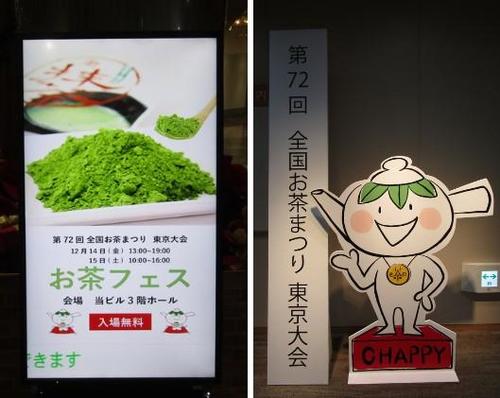
In this event, we will introduce Japanese tea, tasting and tasting, hand fir experience, brewing method, etc.
Panel discussion, food education seminar, keynote speech, collaboration session,
Product sales corner and plenty of exhibitors![]()
There was a lot of tea in the venue, and it turned out, but the first thing I went to was...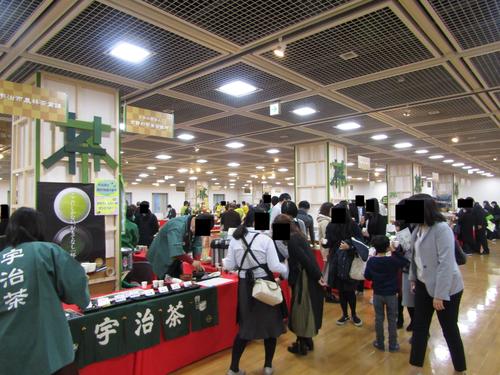
■Temomi Tea Experience Corner (Ibaraki Prefecture Sashima Tea Hand Massage Preservation Society)
At first I was watching from a distance, but I had you call out and experienced hand fir tea.
The tea leaves still contain a lot of water, so to remove the water,
I performed a leaf swing on the drying table.![]()
What I actually experienced was that the good aroma of tea smells softly when swinging!
It is more fresh and fragrant than tea as a drink.![]()
Even better, my hands are smooth!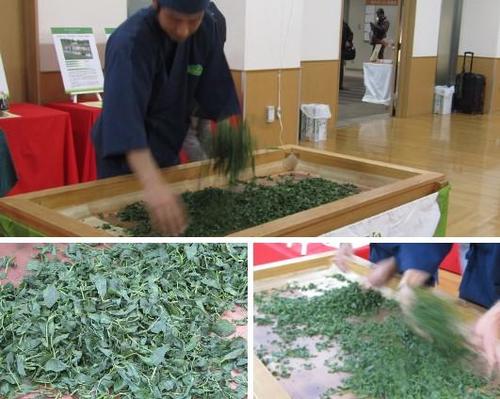
I told you that it would take at least 5 hours to get tea.![]()
It is a story that seems to be far away, but delicious tea takes a certain amount of time and effort!
After the leaf swinging, rotate the fir, and then dry it through various shapes.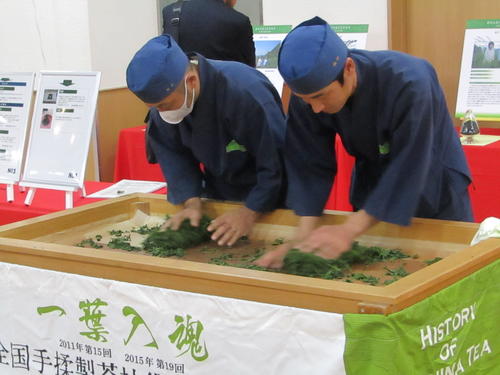
Sarushima tea was not only transported to Edo using the water transport of the Tone River, but also highly appreciated.
It is the first tea exported overseas in Japan and has a name in history.![]()
This tea is not to be missed for me, who is from Ibaraki Prefecture and loves history.![]()
■Uji City Agriculture, Forestry and Tea Industry Division, Kyoto Prefecture Tea Industry Chamber
Next, I went to a booth in Uji City, which is famous for matcha.
Here, Tentama, a blend of Tencha and Gyokuro, a raw material for matcha, was introduced.
Tencha and Gyokuro are different from Sencha and Bancha, and it is said that the taste of tea leaves is condensed by cultivation by blocking sunlight.![]()
It was the tea of the name I heard for the first time, but its flavor was completely different from that of light green tea.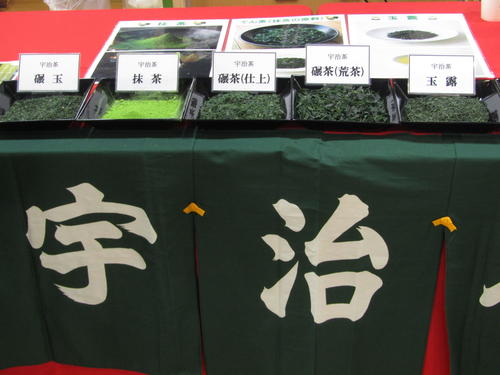
Next to me, I was taught how to make matcha and I was able to taste it.![]()
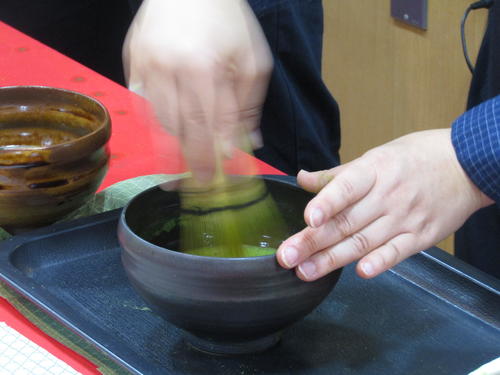
■Shizuoka Tea Promotion Division
At this booth, we will have tea cans in an SNS-linked campaign of the Fujinokuni Tea City Museum.
I learned that the World Tea Festival will be held in Shizuoka Prefecture in May and November next year.![]()
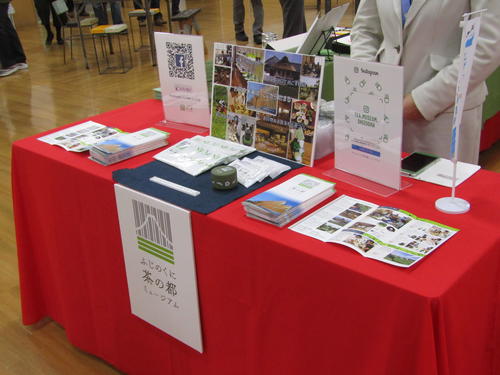
In addition, Shizuoka tea Kusaba farming, which is Globally Important Agricultural Heritage System, is not only a farming method for producing high-quality tea.
I learned that it is an environmentally friendly traditional farming method that fosters biodiversity and is effective in alleviating global warming.![]()
A certified sticker of this farming method is affixed to the package of Kakegawa tea purchased earlier,
I vaguely had the image of "tea produced with particular focus on traditional farming".
By knowing that it was an effort on a much larger scale,
It was an opportunity to review the splendor of this farming method that has been inherited in Shizuoka.![]()
■Kumamoto Prefecture Economic Federation Tea Production and Distribution Council, Minamikyushu City Tea Distribution Measures Council
South Kyushu City on the left side (the southernmost tip of Japan's mainland!) At the booth,
We tasted Chiran tea, which boasts the largest production volume in Japan.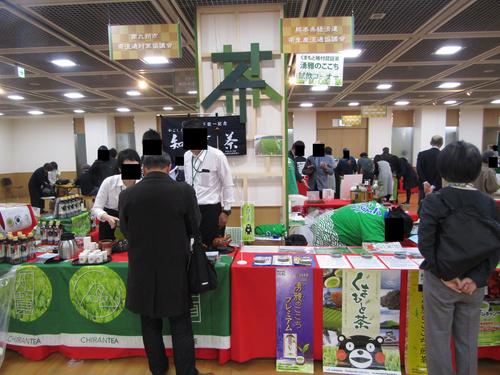
It seems that there are many varieties even when it comes to Chiran tea, but it was easy to drink because of the amami.
Just by tasting several kinds of tea so far, the astringency, sesame seeds, aromas, etc. are clearly different.
I was reminded of the many types of Japanese tea that are often forgotten in modern times when PET bottle tea has become established.![]()
U.K. (tea) is a country that is famous for its tea culture as well as in Japan.
There are few black teas in plastic bottles at supermarkets in the UK.
(I've only seen Lipton's flavor tea.)
At home, tea is brewed and drunk with tea leaves or tea bags, and on the go, you purchase tea brewed in the same way in a tea room or mobile sales car.
Now that Japanese food has become a global boom, we have once again confirmed the goodness of Japanese tea (tea leaves)
It would be nice to be able to spread the charm to overseas people.![]()
Continue
■Reference website
Ibaraki Prefecture "Information 008: Sarushima tea in Ibaraki that crossed the sea for the first time in Japan"
http://www.pref.ibaraki.jp/bugai/koho/kenmin/hakase/info/08/index.html
Globally Important Agricultural Heritage System “Shizuoka Tea Kusaba Farming” Promotion Council “Globally Important Agricultural Heritage System Shizuoka Tea Kusaba Farming”
https://www.chagusaba.jp/
Chuo-ku Tourism Association Official Blog
Chuo-ku Tourism Association correspondent blog
We introduce "seasonal" information of Chuo-ku by sightseeing volunteer members who passed the "Chuo-ku Tourism Certification" conducted by the Chuo-ku Tourism Association and registered as correspondents.
List of AuthorsRecent blog posts
|
Rediscover the charm of Japanese tea! @The 72nd National Tea Festival (1)
|
MenuArchiveLinks |

